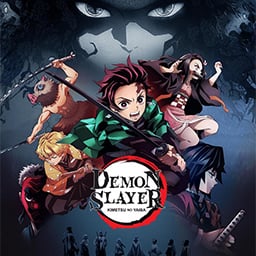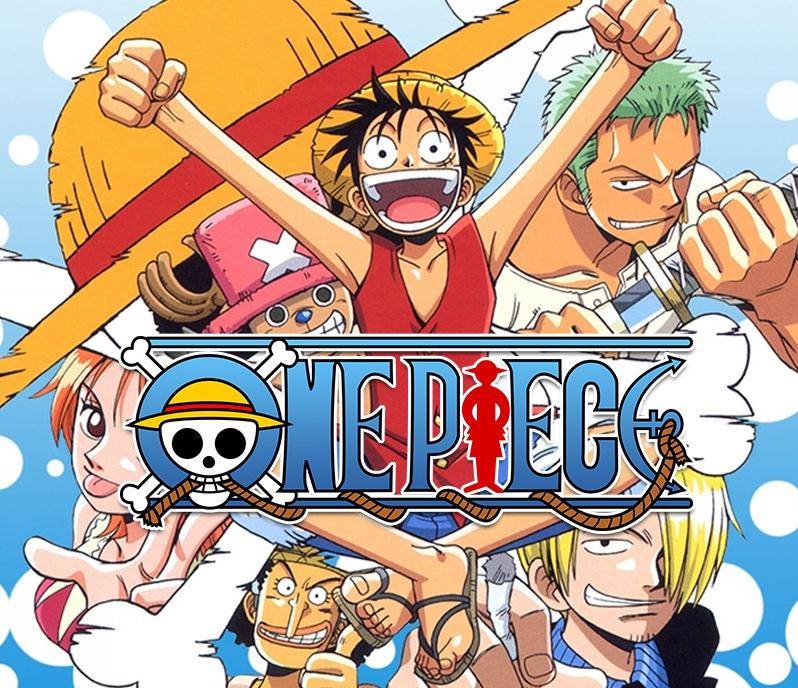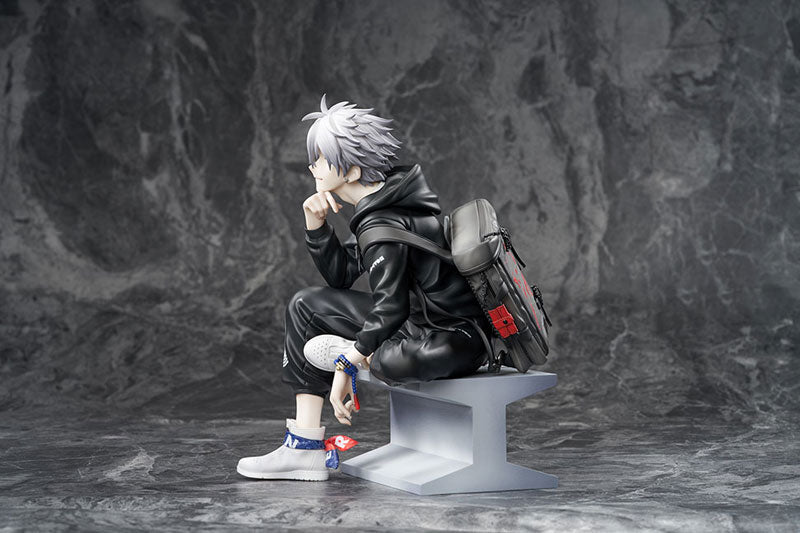Hatsune Miku -Project DIVA- Arcade
Hatsune Miku: Project DIVA Arcade was released in arcades in January 2010. It was created by Sega and Crypton Future Media to be the arcade version of the 2009 game Hatsune Miku: Project DIVA, updated with different visuals. The game mainly features Vocaloids and songs created for those Vocaloids, especially Hatsune Miku. On November 21, 2013, a sequel titled Hatsune Miku: Project DIVA Arcade Future Tone was released again for arcades, improving the game's graphics and physics, adding both a Touch Slider panel for arrow notes and new songs.
Gameplay
The PlayStation's iconic cross, circle, square, and triangle buttons are now four large buttons on the arcade cabinet panel, which the player must press to play and earn a score. Differences between the handheld version of the game and the arcade include the introduction of hold notes, which allowed a player to hold one or more buttons for an unlimited amount of time. This allowed players to continually increase their score until the button was released or they earned a "maximum hold bonus." Hatsune Miku: Project DIVA series and Hatsune Miku and the Future Stars: Mirai Project are included in the arcade version along with brand-new original songs that were not present in either of the handheld versions.
The promotional videos (PVs) that play in the background while the song is playing have also been updated and remade for the game. They now look more like the Dreamy Theater version of themselves. In addition to a large song reel, players can choose between four difficulty levels: Easy, Normal, Hard, and Extreme.
IC card function and Diva.Net
This arcade game used a smart card known as a Project Diva Arcade Access Card. Players could obtain these cards from any Project Diva Arcade machine. This card allowed players to select a player name, save and load their personal arcade data, and accumulate Vocaloid points, which were transferred to different machines as long as they had their card. The cards also allowed for additional features such as selecting module outfits to use in the game, opening up a wide range of persistent personalized customizations that are not too common in arcade games.
The aforementioned Vocaloid Points, which can be earned by successfully playing songs, can be used to purchase more features, such as new modules, or to change the player's name. Access Card holders can also participate in Trials, which are a challenge mode with gambling elements. The three levels of Trials, from easiest to most difficult, are Clear Trial, Great Clear Trial, and Perfect Clear Trial. In these Trials, the player must wager a certain amount of HP, and if they succeed, they earn double the HP wagered, and if they fail, the HP wagered is lost.
When creating an access card, the player also creates an account with a username and password, which is registered on Project DIVA Arcade Diva.Net, where the access card holder can edit the data and access more possible features for a Project DIVA Arcade machine. However, the holder must first have played, non-consecutively, ten songs on any Project DIVA Arcade machine connected to the Internet. Once they have played ten times, they receive a 30-day access pass to all Diva.Net features, which is renewed every ten times the songs are played.
Versions:
Hatsune Miku: Project DIVA Arcade (2010)
Hatsune Miku: Project DIVA Arcade Revision 1 (2010)
Hatsune Miku: Project DIVA Arcade Revision 2 (2010)
Hatsune Miku: Project DIVA Arcade Revision 3 (2010)
Hatsune Miku: Project DIVA Arcade Version A (2011)
Hatsune Miku: Project DIVA Arcade Version A Revision 1 (2011)
Hatsune Miku: Project DIVA Arcade Version A Revision 2 (2011)
Hatsune Miku: Project DIVA Arcade Version A Revision 3 (2011)
Hatsune Miku: Project DIVA Arcade Version A Revision 3.1 (2011)
Hatsune Miku: Project DIVA Arcade Version A Revision 4 (2012)
Hatsune Miku: Project DIVA Arcade Version B (2012)
Hatsune Miku: Project DIVA Arcade Version B Revision 1 (2012)
Hatsune Miku: Project DIVA Arcade Version B Revision 2 (2012)
Hatsune Miku: Project DIVA Arcade Version B Revision 3 (2013)
Hatsune Miku: Project DIVA Arcade Future Tone — (2013)
Hatsune Miku: Project DIVA Arcade Future Tone Revision 1 — (2013)
Hatsune Miku: Project DIVA Arcade Future Tone Revision 2 — (2013)
Hatsune Miku: Project DIVA Arcade Future Tone Revision 3 — (2014)
Hatsune Miku: Project DIVA Arcade Future Tone Revision 4 — (2014)
Hatsune Miku: Project DIVA Arcade Future Tone Revision 5 — (2014)
Hatsune Miku: Project DIVA Arcade Future Tone Version A — (2014)
Hatsune Miku: Project DIVA Arcade Future Tone Version A Revision 1 — (2014)
Hatsune Miku: Project DIVA Arcade Future Tone Version A Revision 2 — (2015)
Hatsune Miku: Project DIVA Arcade Future Tone Version A Revision 3 — (2015)
Hatsune Miku: Project DIVA Arcade Future Tone Version A Revision 4.1 — (2015)
Hatsune Miku: Project DIVA Arcade Future Tone Version A Revision 5 — (2015)
Hatsune Miku: Project DIVA Arcade Future Tone Version A Revision 6 — (2016)
Hatsune Miku: Project DIVA Arcade Future Tone Version A Revision 6.1 — (2016)
Hatsune Miku: Project DIVA Arcade Future Tone Version B — (2016)
The PlayStation 4 versions were announced on May 27, 2016, one named Future Sound and the other Colorful Tone. The Future Sound version featured 127 songs from the Project DIVA series while Colorful Tone featured 95 songs from the Arcade series and Project Mirai None series .
Reception
Project DIVA Future Tone was received fairly favorably, winning "Best Rhythm/Music Game" at Game Informer's Best of 2017 Awards and also managing to secure third place in the same category in the Reader's Choice version of the same awards.
Links
Gematsu - Future Tone Announcement
Gematsu - Future Tone Trailer
Official website
Siliconera – Future Tone
Andriasang - DIVA Project
Kyourankyodai - News
Siliconera - Future Tone Trailer
Game Informer - Awards








